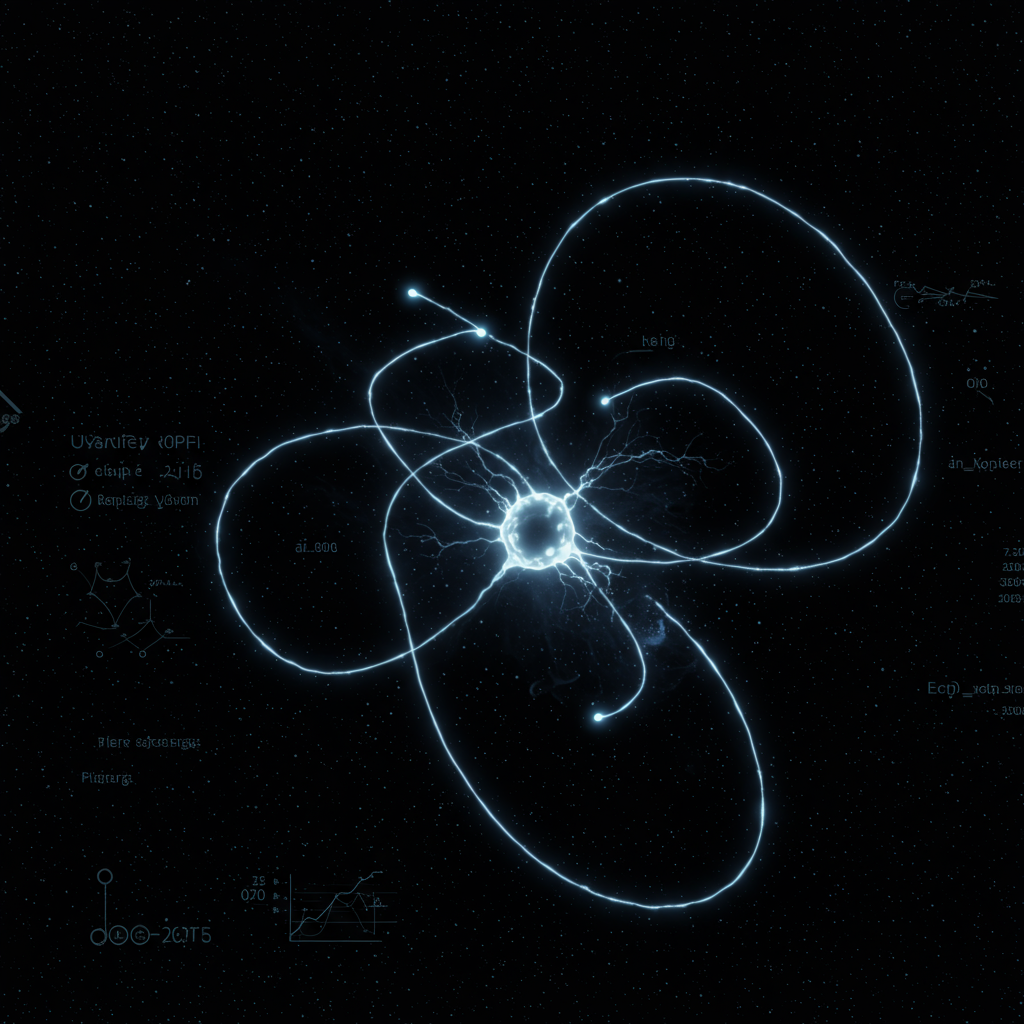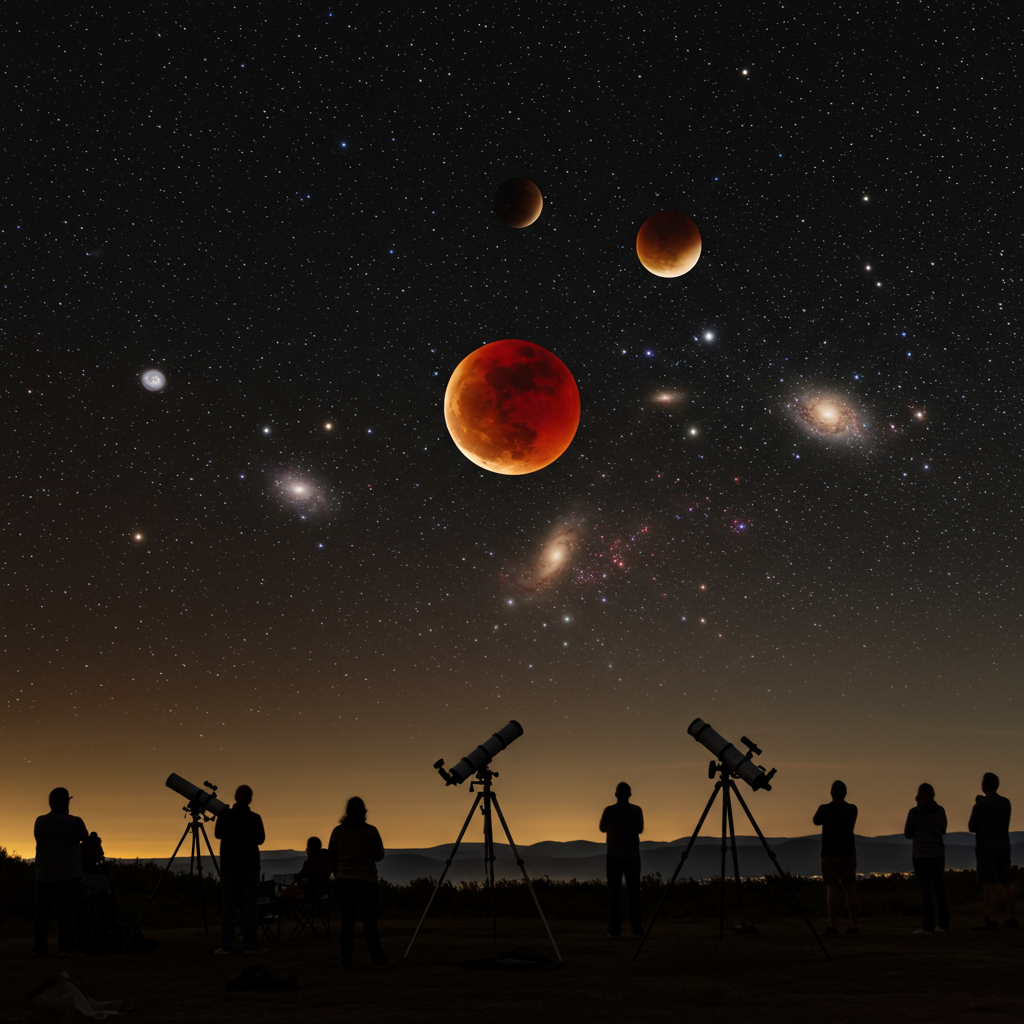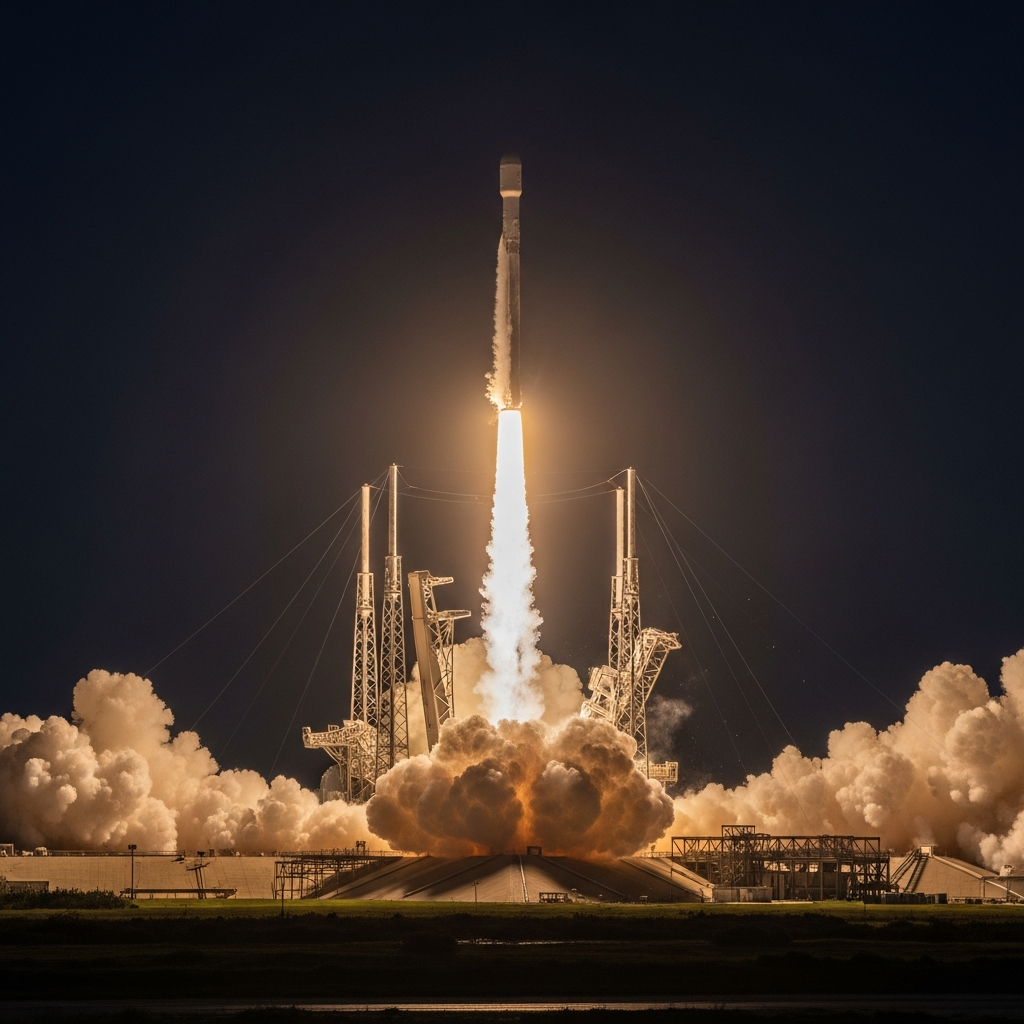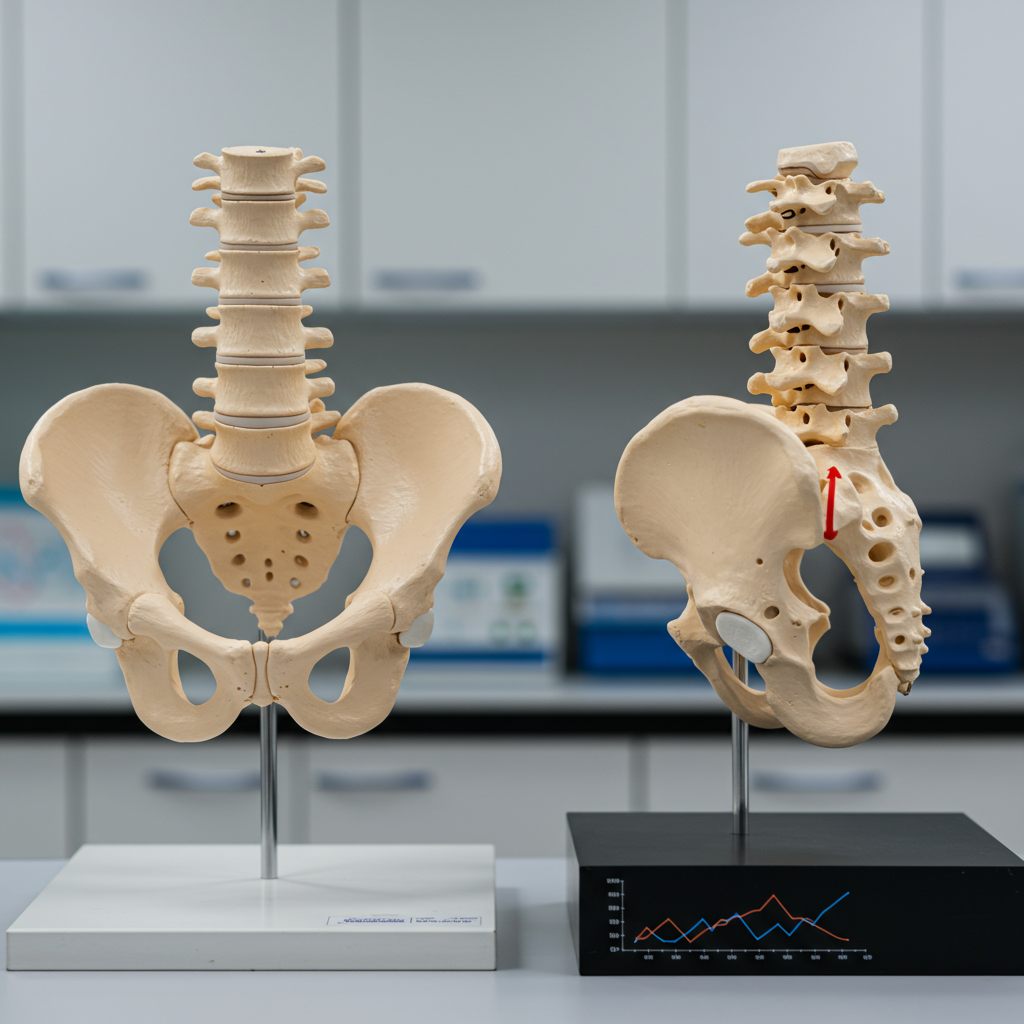Neutrinos, often called “ghost particles,” are some of the universe’s most enigmatic subatomic entities. Nearly a century after their theoretical proposal, these elusive particles continue to mystify scientists, holding potential clues to some of the cosmos’ deepest secrets. From their bizarre oscillations to their possible role in dark matter, dark energy, and the matter-antimatter asymmetry, neutrinos defy our current understanding of physics. Join us as we explore the incredible journey of discovery surrounding these tiny titans and the groundbreaking experiments striving to unlock their ultimate mysteries.
Unveiling the Universe’s Smallest Enigma
Our understanding of the universe has expanded dramatically in the past century. We’ve mapped the expanding cosmos, confirmed the Big Bang, and recognized the quantum nature of fields and particles. Yet, one particle stands out for its persistent secrecy: the neutrino. Its story began in 1930 when physicist Wolfgang Pauli proposed its existence. He sought to resolve a puzzling observation in nuclear (beta) decays. Scientists noticed that energy and momentum appeared to vanish during these radioactive transformations. Some, including Niels Bohr, considered abandoning fundamental conservation laws.
Pauli offered a radical alternative. He hypothesized a new, electrically neutral, very light, and incredibly difficult-to-detect particle. He playfully named it “neutrino,” Italian for “little neutral one.” Pauli even despaired, believing no method could ever verify his theoretical construct. He estimated it would require a light-year of solid lead for just a 50/50 chance of interaction. This illustrates the extreme elusiveness of these fundamental particles.
From Theory to Detection: A Scientific Triumph
Pauli’s pessimism about detection didn’t account for future scientific leaps. Two major advancements paved the way for neutrino discovery. First, humanity mastered nuclear physics, leading to controlled nuclear fission in power plants. Second, we unraveled the secrets of the Sun, understanding its power source: nuclear fusion. Both fission and fusion reactions emit vast quantities of neutrinos (or antineutrinos) with substantial energy. The challenge wasn’t detecting individual particles, but observing their cumulative “signature.”
This strategy bore fruit in 1956. Researchers placed a large, fluid-filled detector near a nuclear reactor. They successfully identified electron antineutrinos, precisely matching the predicted properties. This landmark event confirmed the neutrino’s existence. Since then, we have detected neutrinos from the Sun, cosmic rays, and even distant supernovae. Scientists often build large, shielded detectors deep underground. This placement protects experiments from interfering cosmic rays and other background noise.
The Solar Neutrino Deficit and the Revelation of Mass
The detection of solar neutrinos brought a new puzzle: the “solar neutrino deficit problem.” Our detectors consistently measured only about one-third of the expected number of solar neutrinos. This discrepancy persisted despite rigorous checks of solar models, calculations, and detector calibrations. This mystery sparked various theories. Some questioned stellar nuclear physics. Others doubted the experimental setups. But a truly revolutionary idea emerged.
Perhaps neutrinos weren’t massless after all. If they possessed tiny masses, they could “oscillate.” This means they could change from one “flavor” (electron, muon, or tau) into another. This concept was not entirely new; quarks, for example, also exhibit mixing. This implied that instead of distinct flavors with fixed masses, there are three different mass eigenstates (ν1, ν2, ν3). The familiar electron, muon, and tau neutrinos would then be superpositions of these mass states.
The Quest for Neutrino Mass: Cutting-Edge Experiments
For neutrinos to oscillate, their masses must be incredibly small. Estimates place them at less than one electron-volt. This makes them about a million times lighter than the next least-massive known particles. Experimental evidence eventually confirmed this hypothesis. Detectors sensitive to both solar and atmospheric neutrinos proved that these particles are indeed massive and oscillate between flavors. This revelation solved the solar neutrino problem: the “missing” solar electron neutrinos had simply transformed into muon and tau neutrinos that initial detectors couldn’t fully capture.
Further experiments use neutrino beams. Scientists fire high-energy particles at targets, sending debris through the Earth. Only neutrinos survive to reach distant detectors. These setups measure how oscillations depend on distance and matter interactions. Highly precise tritium beta decay experiments, such as KATRIN, are also underway. These seek to directly measure individual neutrino mass eigenstates. While we haven’t pinpointed the exact masses of ν1, ν2, and ν3, these experiments continually refine the constraints on neutrino masses.
Beyond the Standard Model: Are Neutrinos Their Own Antiparticles?
The Standard Model of particle physics describes fundamental particles as either Dirac fermions (distinct from their antiparticles) or Majorana particles (their own antiparticles). Currently, all known Standard Model fermions are Dirac. Neutrinos are thought to be left-handed, while antineutrinos are right-handed. A profound open question is whether neutrinos could be Majorana particles. Such a discovery would mark the first known particle with this property.
If neutrinos are Majorana particles, it could enable a rare nuclear decay called neutrinoless double-beta decay. In conventional double-beta decay, an unstable nucleus emits two electrons and two antineutrinos. In the neutrinoless version, a neutrino is emitted and then immediately reabsorbed as its own antiparticle. This results in the emission of two electrons with no other outgoing neutrino signature. Experiments like GERDA and MAJORANA are actively searching for this elusive decay, setting strict upper limits on its rate. Detecting it would revolutionize particle physics.
Neutrinos as Cosmic Messengers: Extreme Energy Discoveries
Neutrinos are more than just quantum enigmas; they are powerful cosmic messengers. Their weak interaction with matter means they travel vast distances unimpeded, carrying pristine information from the most extreme environments. Recent breakthroughs highlight their potential.
One such event occurred in 2023. The KM3NeT observatory, an advanced neutrino detector submerged 3000 meters deep in the Mediterranean Sea, detected an “impossible” high-energy neutrino. This particle possessed an astonishing 220 peta-electronvolts (PeV) of energy. This is over 35 times higher than any previously recorded neutrino and thousands of times greater than energies achievable in human-made particle accelerators. Scientists indirectly detected it through a muon, a heavier electron cousin. This muon showed a unique horizontal trajectory, suggesting it traveled nearly 100 miles through seawater and solid rock. Only the most cataclysmic cosmic events could generate such extreme energies. Active Galactic Nuclei (AGN), blazars, and gamma-ray bursts are prime suspects. This discovery, published in Nature, promises to open a “new window” for studying supermassive black holes and other intense phenomena.
Concurrently, another mystery unfolds in Antarctica. The Antarctic Impulsive Transient Antenna (ANITA) array, a balloon-borne instrument designed to detect ultra-high-energy neutrinos colliding with ice, has picked up mysterious radio signals. These signals appear to originate from below the horizon at exceptionally steep angles, about 30 degrees below the ice surface. For these signals to reach ANITA from such a direction, they would have had to travel thousands of miles through solid rock. Current particle physics suggests this journey should render them undetectable. While neutrinos were the initial suspect, researchers have largely ruled them out for these specific anomalous signals. The perplexing nature of this observation hints at the possible existence of “exotic new particles” or entirely new physics beyond the Standard Model. The successor instrument, the Payload for Ultrahigh Energy Observations (PUEO), aims to gather more data on these baffling events.
Unlocking the Universe’s Deepest Mysteries
The profound implications of neutrinos extend to the grandest unanswered questions in cosmology. These “ghost particles” might hold the keys to three of the biggest cosmic puzzles:
Dark Matter: If neutrinos are Majorana particles, they could imply the existence of “sterile neutrinos.” Through the see-saw mechanism, these sterile neutrinos could potentially constitute a form of ultra-heavy dark matter, the invisible substance making up about 85% of the universe’s matter.
Matter-Antimatter Asymmetry (Baryogenesis): The universe is overwhelmingly composed of matter, with very little antimatter. This imbalance is a major enigma. If neutrinos are Majorana, they could facilitate a scenario in the early universe that creates a lepton asymmetry. This imbalance could then translate into the observed baryon (matter) asymmetry through fundamental electroweak phase transitions.
- Dark Energy: This mysterious force drives the accelerated expansion of the universe. Current theoretical predictions for dark energy, when based on the Planck scale, are off by a staggering 120 orders of magnitude—the worst prediction in all of physics. Intriguingly, if one substitutes a value around the neutrino mass scale (approximately 0.003 electron-volts), the prediction aligns remarkably with observations. This suggests a profound, albeit speculative, connection between neutrinos and dark energy.
- bigthink.com
- www.newscientist.com
- www.newsweek.com
- www.popsci.com
- www.space.com
Neutrinos already defy the original Standard Model by possessing tiny but non-zero masses. With an estimated 10^90 of them left over from the Big Bang within our observable universe alone, these elusive particles are uniquely positioned. They represent the one known particle that could potentially unlock solutions not just to one, but to all three of these existential cosmic puzzles.
Frequently Asked Questions
Why are neutrinos considered the most mysterious particles in the universe?
Neutrinos are deemed the most mysterious due to their exceptionally weak interaction with other matter. They carry no electric charge and have extremely tiny masses, allowing them to pass through vast amounts of material, including entire planets, almost unimpeded. This makes them incredibly difficult to detect and study. Their behavior also challenges the original Standard Model of particle physics, particularly their ability to oscillate between different “flavors,” and their potential Majorana nature, which could link them to the universe’s biggest cosmic riddles.
What are the latest groundbreaking discoveries related to neutrinos?
Recent groundbreaking discoveries include the detection of an “impossible” ultra-high-energy neutrino (220 PeV) by the KM3NeT observatory deep under the Mediterranean Sea. This record-breaking particle serves as a powerful probe for extreme cosmic phenomena like Active Galactic Nuclei. Another intriguing development involves mysterious radio signals detected by the ANITA experiment in Antarctica. These signals, coming from below the horizon, defy current particle physics explanations and hint at exotic new particles or physics beyond the Standard Model.
How might neutrinos help solve major cosmic mysteries like dark matter and dark energy?
Neutrinos could offer solutions to dark matter if they are Majorana particles, allowing for the existence of “sterile neutrinos” that might contribute to dark matter’s composition. For the matter-antimatter asymmetry, their Majorana nature could explain how a lepton asymmetry formed in the early universe, which then led to the observed matter dominance. Finally, the extremely small scale of neutrino masses surprisingly aligns with calculations of dark energy, suggesting a potential, albeit speculative, connection that could resolve the largest discrepancy in modern physics.
Conclusion
The humble neutrino, nearly a century after its theoretical birth, continues to be a frontier of discovery. Its weak interactions, oscillating flavors, and incredibly small mass highlight fundamental gaps in our understanding of the universe. From precision measurements of their mass to searches for their enigmatic Majorana nature, and the detection of ultra-high-energy cosmic messengers, the field of particle physics is buzzing with activity. These “ghost particles” are not just scientific curiosities; they are perhaps the most promising candidates for unlocking the secrets of dark matter, dark energy, and the matter-antimatter asymmetry. The ongoing quest to understand neutrinos promises to revolutionize our perception of reality itself.




